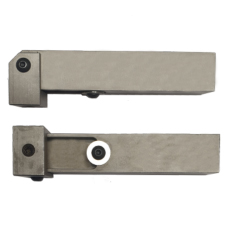TURNING OPERATIONS
Turning operation generates a cylindrical and rounded motion with the use of a single point tool. The definition of turning means a stationary tool with a rotating workpiece. A turning operation is a most common process – especially for seal cutting. It is a highly optimized process, which requires consideration of various factors in the turning application
Turning can be broken down into various basic applications which includes:
1) Longitudinal Turning
2) Facing
3) Profiling
The basic applications above would require specific type of tools, cutting data and programming. This is to ensure that the turning operation will run smoothly, in the most efficient way
TURNING CONSIDERATIONS
These initial considerations will affect the choice of turning tools and how they are applied. Consider the following dimensions and quality demands of the component to be machined:
• Type of applications – Longitudinal or Profiling | Internal or External
• Type of methods – Roughing or Finishing
• Large,stable component
• Small, long, slender
• Thin-walled component
• Corner radius
• Quality demands – Tolerance or surface finishing



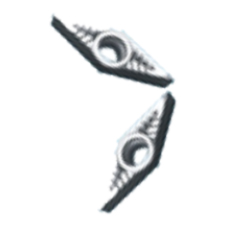 D 1-2
D 1-2  3-4
3-4  3-4R
3-4R  5-6
5-6 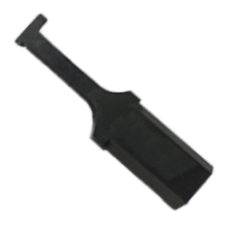 5-6R
5-6R 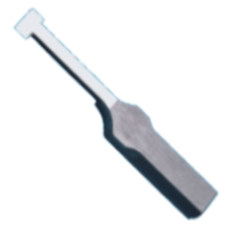 7-19
7-19  7-19R
7-19R  8
8  9
9  10
10 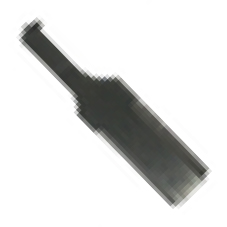 11-12
11-12  13-14
13-14  15-18
15-18 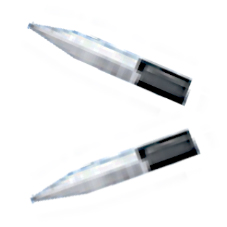 20-21
20-21  22
22  22VI
22VI  23-24
23-24  25
25  26-27
26-27  26LO
26LO  26-27
26-27  28
28 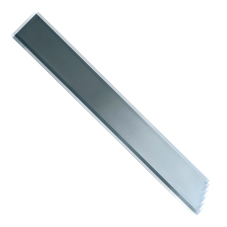 31S
31S 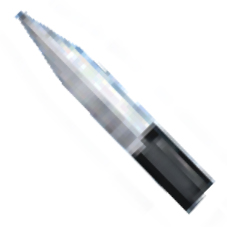 32S
32S 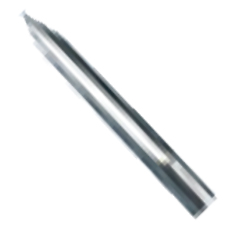 32L
32L  38
38 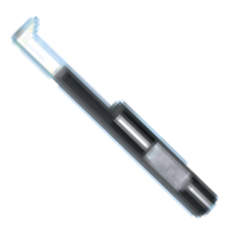 D12R
D12R  D11R
D11R 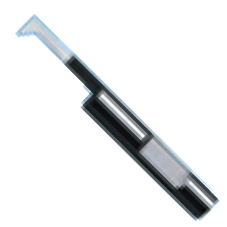 D11SR
D11SR 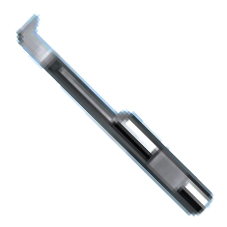 D12SR
D12SR  D12VSR
D12VSR  1
1  2
2 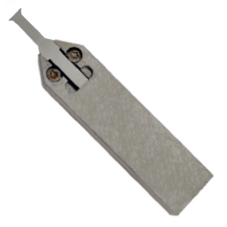 3-4
3-4 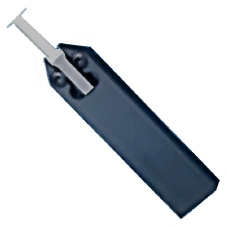 3-4R
3-4R 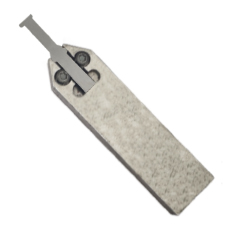 5-6
5-6  5-6R
5-6R 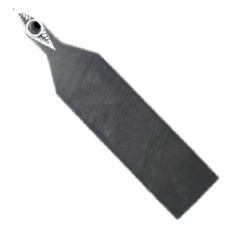 8
8  9
9 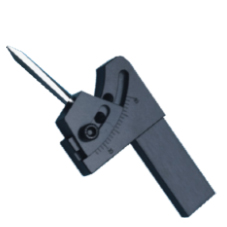 9S
9S 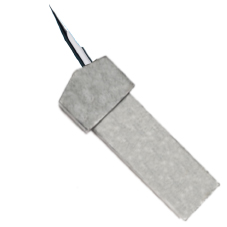 10
10  10S
10S  11-12
11-12 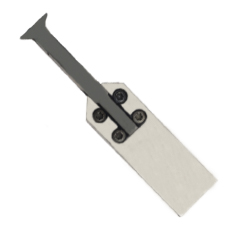 13-14
13-14 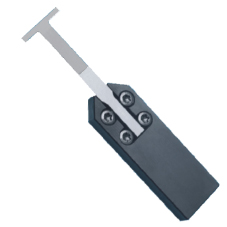 15-18
15-18 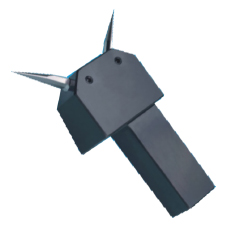 20-21
20-21 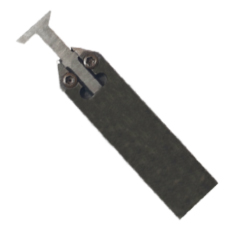 22
22 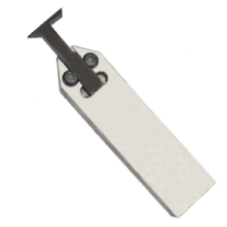 22VI
22VI 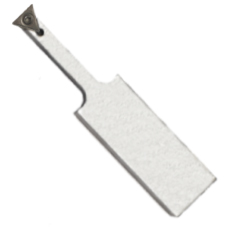 23-24
23-24 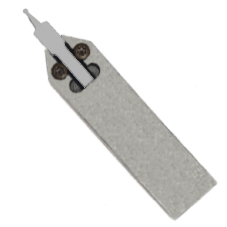 25
25 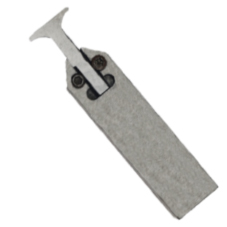 26-27
26-27 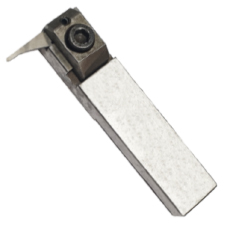 26LO
26LO 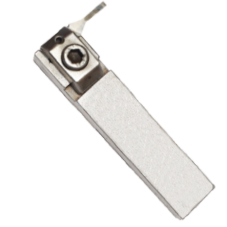 27LI
27LI 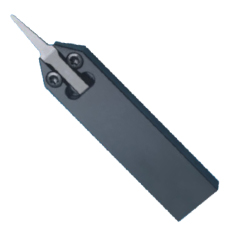 28
28 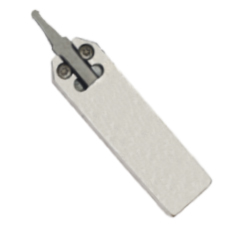 28L
28L  29-30
29-30  29OR
29OR  30OR
30OR 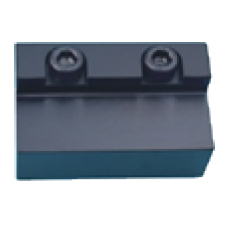 31
31 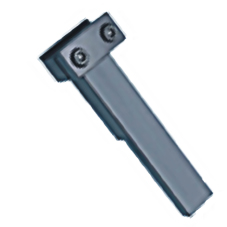 31A
31A  31L
31L  32S
32S  32A
32A 


